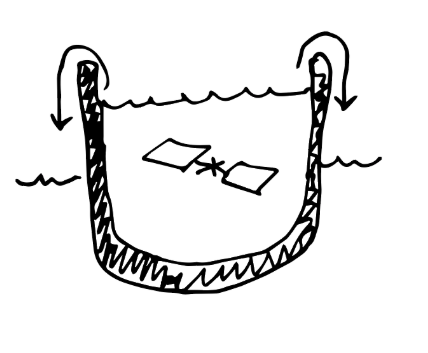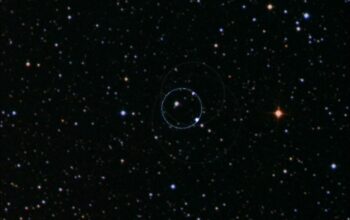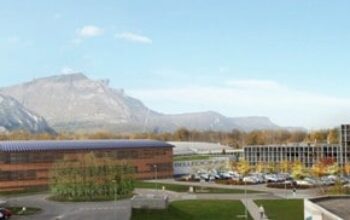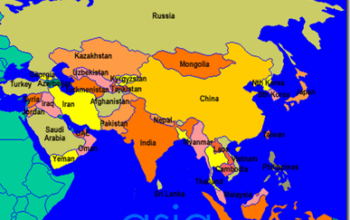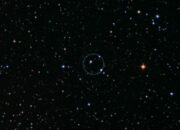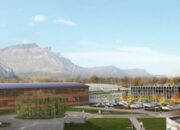In the realm of condensed matter physics, the quest to unravel the complexities of quantum fluids has led to a burgeoning interest in the nuanced behavior of disordered systems. Among the intriguing phenomena that have emerged from this exploration is the Bose glass—a phase that manifests when bosonic particles exhibit localization in the presence of disorder. This phenomenon not only challenges classical expectations but also poses a multitude of questions that beckon deeper investigation. What happens when the deterministic constraints of conventional fluids are supplanted by the stochastic influences of disorder? This query encapsulates the essence of the Bose glass, where quantum mechanics and disorder coalesce to form a distinctive state of matter.
The concept of the Bose glass arises from the interplay between superfluidity and disorder within bosonic systems. As distinct from classical superfluids, which demonstrate frictionless flow and long-range order, Bose glass is characterized by the localization of bosons in disordered landscapes. The core of this phase lies in a myriad of bosonic particles, such as helium-4 atoms or ultra-cold alkali atoms, which interact in a manner that gives rise to both superfluid and insulating behaviors. The localization present in a Bose glass can be attributed to the substantial energy barriers that arise from random potential fluctuations—essentially, the “roughness” of the external environment into which the bosons are introduced.
To appreciate the significance of this phase, it is essential to understand the underlying principles governing bosonic systems. In the absence of disorder, bosons can occupy the same quantum state, leading to phenomena such as Bose-Einstein condensation (BEC). However, when disorder is introduced, it disrupts this coherent state, thus leading to localization effects akin to those observed in Anderson localization for electrons. The resultant Bose glass phase exemplifies a unique equilibrium state where local superfluidity is interspersed with regions of frozen or localized bosons, leading to intriguing transport properties that defy traditional expectations.
Theoretical frameworks, such as the Ginzburg-Landau model and scaling theories, have been employed to describe the Bose glass phase and its transition from the superfluid state. These models elucidate the role of random potentials and interactions among bosons, offering insights into the salient features of thermal and quantum fluctuations. The competition between disordered energy landscapes and the propensity for superfluid coherence results in a rich tapestry of phenomena that continue to challenge conventional theoretical paradigms.
Experimental investigations of the Bose glass phase have garnered attention, particularly within the realm of ultracold atom experiments. Systems such as von Neumann lattice setups, where ultracold bosons are confined in optical lattices, have allowed researchers to systematically adjust the degree of disorder and observe the ensuing phase transition. The signature of the Bose glass can often be deduced from transport measurements, where abrupt changes in resistance or dissipation hint at the localization effects at play. Such empirical validations lend credence to the theoretical predictions, cementing our understanding of the Bose glass amidst the broader spectrum of quantum fluids.
Nevertheless, amidst this flourishing body of research, several challenges remain. The experimental realization of a purely Bose glass state is fraught with complexities. Key issues such as identifying an unequivocal signature of the Bose glass—a distinguishing characteristic that sets it apart from both superfluid and insulating phases—continue to perplex physicists. While theoretical models suggest various potential signatures, including critical scaling behaviors and unique density profiles, reconciling these predictions with actual experimental observations demands further refinement of techniques and methodologies.
Furthermore, the concept of a Bose glass catalyzes broader implications within the field. Its existence raises fundamental questions regarding the nature of quantum phase transitions themselves. How does disorder fundamentally alter the landscape of quantum states? Can we devise models that accurately encapsulate the transitional dynamics leading into the Bose glass state? These inquiries not only reflect the intricacies of condensed matter physics but also underscore the symbiotic relationship between theory and experiment as researchers endeavor to penetrate the depths of quantum behavior.
As the exploration of the Bose glass continues, it serves as a testament to the remarkable interplay between disorder and quantum fluids. The implications extend far beyond the confines of the laboratory, drawing connections to fields like quantum computing, where understanding localization phenomena could lead to transformative advancements in qubit design and error correction protocols. The potential to harness the unique properties of Bose glass—characterized by both localization and superconductivity—paints a vivid picture of possibilities that remain yet unrealized.
In conclusion, the evidence for Bose glass emerges not only as a fascinating subject of inquiry within condensed matter physics but also as a portal into understanding the broader complexities of quantum systems. This phenomenon encapsulates the coexistence of localized and superfluid states in a disordered medium, situated at the confluence of classical and quantum mechanics. As research burgeons in this arena, the discourse surrounding Bose glass will likely evolve, posing further playful questions and challenges that beckon investigation, inviting both theoretical mavericks and experimental innovators to contribute their insights to this pivotal field of study.
